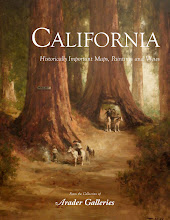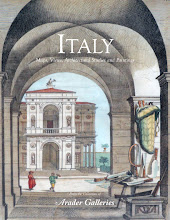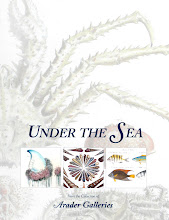
Science, which is beautiful in various and sometimes unexpected ways, has an unsurpassed power to bring about change. Often, scientific work has been accompanied by an alchemical mixture of creativity and logic, making art a likely and suitable affiliate. Indeed, art is part of the rich tapestry of expressing the history of science.
We highly recommend visiting the Huntington Library in Pasadena to see a wonderful permanent exhibition focusing on the magnificence of scientific discovery. The Beautiful Science: Ideas that Changed the World exhibit examines ideas from the history of science with respect to astronomy, natural history, medicine, and light. Through books, manuscripts, and objects, the exhibit highlights numerous ground breaking discoveries. For example, viewers will find Mark Catesby’s Natural History of Carolina, Florida, and the Bahama Islands, a publication which illustrates his observations of animals and plants in their natural environment in the eighteenth century. Similarly, Maria Sibylla Merian’s Metamorphosis insectorum Surinamensium is also on display, which documented many tropical species from Suriname for the first time in the late seventeenth century. These are two of several examples on display in this exhibit which demonstrate the exciting Age of Discovery.
Arader Galleries is not only pleased to offer selections from both of the influential and groundbreaking works by Catesby and Merian, but many other significant artists who also sought to understand and organize the living world. Our material visually illustrates how the wonder, curiosity, and discovery of artists like Catesby and Merian enriched the understanding of the natural world for contemporary as well as current audiences.
We encourage you to stop by the gallery at 435 Jackson Street to experience the beauty of these exceptional and historically important works of art. Please visit www.aradersf.com or call 415.788.5115 for more information.

















